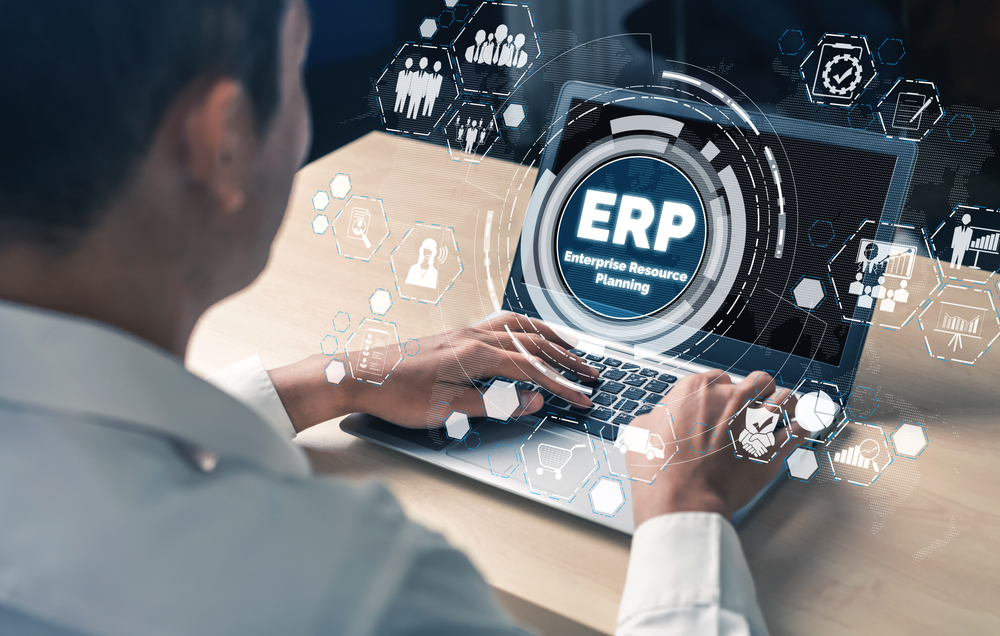Selecting the best ERP system for your company requires careful evaluation and consideration of various factors.
Here are some steps to help you in the selection process:
Assess your business needs: Start by identifying your specific business requirements and processes that need to be addressed by an ERP system. Consider areas such as finance, inventory management, sales, production, human resources, and customer relationship management. Engage key stakeholders from different departments to gather their input and understand their needs.
Define your goals and objectives: Clearly define the goals and objectives you want to achieve with an ERP system. This could include improving efficiency, streamlining processes, enhancing reporting and analytics capabilities, enabling better decision-making, or supporting business growth. These goals will help guide your selection process.
Research ERP vendors: Conduct thorough research on ERP vendors and their offerings. Look for vendors with a strong reputation, a proven track record, and experience in your industry. Consider factors such as the size of the vendor, their customer base, customer reviews and testimonials, and the features and functionalities offered by their ERP systems.
Determine deployment options: Decide whether you want an on-premises ERP system or a cloud-based solution. On-premises systems require infrastructure and maintenance, while cloud-based systems offer flexibility and scalability. Evaluate the pros and cons of each option based on your business requirements, budget, and IT capabilities.
Consider scalability and flexibility: Assess whether the ERP system can scale with your business growth and adapt to future changes. Look for a system that allows for customization and integration with other applications you currently use or plan to use in the future.
Evaluate user-friendliness: Consider the usability and user interface of the ERP system. It should be intuitive and easy for your employees to learn and navigate. Request demos or trials to evaluate the user experience and involve end-users in the evaluation process to gather their feedback.
Review implementation and support: Evaluate the vendor’s implementation process, timeline, and support services. Ensure they provide comprehensive training, documentation, and ongoing technical support to help your team transition smoothly to the new system.
Consider total cost of ownership (TCO): Assess the overall cost of implementing and maintaining the ERP system, including licensing fees, implementation costs, customization expenses, training, support, and any additional modules or features you may require. Compare the TCO across different vendors to make an informed decision.
Request proposals and conduct demonstrations: Shortlist a few ERP vendors based on your evaluation and request detailed proposals from them. Ask for product demonstrations tailored to your specific requirements to get a better understanding of how the system will work for your business.
Seek references and reviews: Reach out to other companies in your industry or network who are using the ERP systems you are considering. Request references and feedback to gain insights into their experiences and satisfaction with the system and the vendor.
Remember that selecting an ERP system is a significant decision for your company, so invest time and resources in the evaluation process. It’s often helpful to involve key stakeholders, including IT professionals, department heads, and end-users, to ensure a comprehensive assessment of your business needs and alignment with the chosen ERP system.



